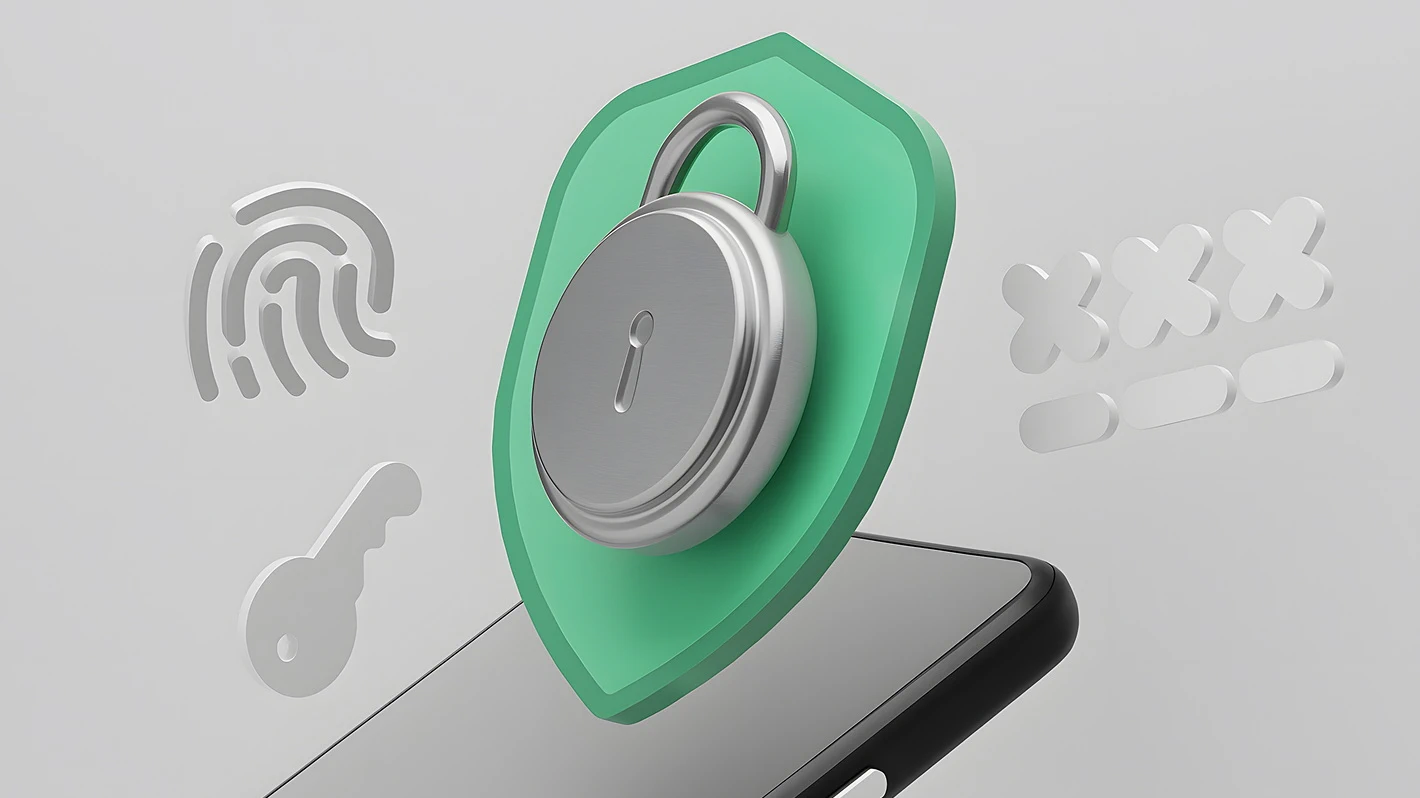The modern consumer is both knowledgeable and empowered. They expect to be seen, understood, and catered to on a personal level. Simply put, they know they have options and aren’t afraid to explore them. Even more so, today’s shoppers have fully embraced the digital revolution and welcome technological conveniences. To cater to them, it’s no longer enough to master the digital and physical realms separately. You also need to find ways to blend the two. That’s where phygital experiences come into play.

Phygital technology is becoming a pillar of the customer experience and will only continue as such as we move toward the future. It enables you to reap the best of the digital and physical worlds, after all. When properly implemented, customers can seamlessly transition from online shopping to in-person shopping. That translates to an elevated customer experience and therefore, more dollars in your pocket! Best of all, its use isn’t limited to customers. Employees can utilize phygital solutions to become better acquainted with customers’ preferences, too.
What Exactly Does ‘Phygital’ Mean?
The phygital experience is gearing up to change the way businesses and consumers approach commerce. But what does it mean—and how do you get there?
Looking at the word gives you a rough idea in itself. It’s a combination of the terms physical and digital. As such, phygital technology aims to merge digital technology with the physical world to provide a more seamless shopping experience. You can achieve this with a range of technologies, like augmented reality (AR) and virtual reality (VR).
The demand for phygital technology will only grow. As we all know, looming uncertainty and public health fears corralled us into the world of online shopping. As a result, businesses had to embrace eCommerce more than ever before—some launching their very first website altogether.
Though consumers have begun returning to brick-and-mortar stores post-pandemic, many have gotten used to the conveniences of online shopping. Furthermore, there are some benefits to physical stores that their online counterparts are simply unable to emulate. This is especially true for clothes shopping. Brands realize this and deploy strategies to help online customers get the ideal fit. But human bodies vary greatly, making in-person shopping still the best way to build a well-fitting wardrobe.
Phygital Technology in Action
Needless to say, businesses need new ways of combining the best of both worlds so that customers can enjoy the benefits of e-commerce in person. You can employ phygital solutions to find this middle ground.
You’ve likely run into examples of phygital solutions already. Many fast food outlets allow you to place your order on a touchscreen. It’s quick and efficient, and a godsend for introverts who don’t want to deal with human contact. Some restaurants have also ditched physical menus in favor of simple QR codes on every table. Scanning these codes grants customers access to a digital menu, which businesses can update more regularly—and is cheaper and easier to make a QR code than a traditional menu, too! If you’re looking to create your own, consider using a digital menu template.
Excitingly, your employees can embark upon the phygital revolution alongside you. Sales reps can use online data to learn about a customer’s personal preferences. This better equips them to provide personalized support, improving the quality of their customer service. Furthermore, it allows customers to enjoy a more cohesive experience between your online store and your physical one.
This kind of personalized attention makes customers feel like people, rather than walking wallets. They appreciate this—and it in turn builds customer loyalty and high customer retention rates.
Why Do We Need Phygital Experiences?
One of the biggest things that consumers consider when choosing where to spend their money is customer service. Up to 96% of customers will leave you for bad customer service! That’s why delivering an impeccable customer experience should be at the top of your to-do list. When you embrace phygital solutions, you stand out from your competition by giving your customers the most convenient shopping experience possible.
Along a client’s customer journey, there are several pain points that can be phygitally alleviated. For example, customers hate waiting for service—especially at the checkout counter. Amazon found a way around this with Amazon Go. These clever smart stores prompt customers to stock their cart simply by scanning a QR code using their phones as they grab goods. After collecting all their items as they go, they just walk out. Everything is charged to the bank account linked to their Amazon Go app—eliminating the line altogether.
Similarly, there are a plethora of ways you can implement phygital experiences in your own business. Use an app to let customers order items before picking them up at your store. Use AR to display virtual versions of your products. This allows consumers to see how the product will look in their homes before purchasing it. The possibilities are truly endless!
Let your employees board the phygital experience train, too—especially if you sell several items. It’s often impractical and time-consuming for every employee to get hands-on experience with every single product. However, with a little AR technology, they can interact with a virtual version instead. This enables them to accurately guide customers on product use without the pains of the past.
Phygital and Omnichannel
It’s worth noting that phygital approaches differ from omnichannel ones. However, you should still incorporate omnichannel technology into your phygital solutions. Omnichannel approaches involve the seamless integration of multiple communication channels. For instance, a customer might lodge a complaint via email, and continue with the query on a phone call later on. If omnichannel support is properly implemented, the customer won’t need to re-explain their issue because the agent will have access to all of their prior interactions.
Creating a Phygital Customer Experience
When crafting your phygital customer experiences, your main goal should be to meaningfully merge the digital realm and the physical world. Optimal ease and convenience are vital. Furthermore, you should employ a customer-centric approach that makes every client feel like their specific needs are being catered to.
The solutions you implement should allow customers to effortlessly transition from online shopping to in-person shopping. They should also allow customers to select personal preferences, and for those preferences to carry over regardless of whether they’re shopping in-person or online. You can use chatbots, biometric scanners, and facial recognition to help clients and verify identities on or offline. Helpware can assist you with implementing these AI solutions.

Use phygital technology to craft unforgettable customer experiences. This can be a smart way to keep your brand on their minds and foster positive perceptions. One of the ways you can do this is through AR technology. After the monumental success of Pokemon GO, other businesses have realized how relatively simple AR games can act as immensely effective marketing tools. Several more brands, including Marvel, have their own AR games in the works. Even a gimmick as simple as an AR-powered Snapchat filter can work as an effective marketing campaign. This is something Starbucks has done to increase brand recognition time and time again.
Future of Phygital Customer Experience
Still think the phygital revolution is in the faraway future? Think again. We’re living in it right now—and phygital experiences will only permeate our lives even more with each passing day. According to McKinsey & Company, in part because of the pandemic, the growth of digital and digitally-enabled products accelerated by seven years more than expected in 2020. Needless to say, the demand for digital solutions has never been higher. Businesses that fail to implement them into their physical spaces stand to be left behind.
Phygital customer experiences will further integrate into market research. You want to get the most data possible from your clients, after all. This helps you make smart business decisions when deciding how to craft your customer experiences. Through phygitization, you open new avenues to gain this data. Instead of just filling out surveys and writing emails, customers should also have the chance to give feedback in-person, through video streaming, or via a self-captured recording. It is this blending of physical and digital options that gives you the most opportunities to listen to customers.
You can then use this information to determine useful identifiers about your customers. This includes their location, their preferences, their shopping behaviors, and their needs. If you use this to craft a customer journey for them, you can master customer experience management and ensure they encounter as few pain points as possible.
The Phygital Revolution is Here—Don’t Get Left Behind
In the quest to provide the best customer experience possible, you simply cannot ignore physical experiences. In just a few years, phygital technology has moved from a nice addition to a necessity for competitive businesses.
Whether it’s aiding customers to avoid long queues or helping employees better understand their clients, there are countless ways phygital technology benefits everyone involved. Thanks to AR, customers can even utilize phygital technology from the comfort of their own homes. For instance, optometrists use it to allow customers to try on virtual glasses, while furniture stores use it to let shoppers see what furniture will look like in their homes.
By this point, you’re likely ready to weave phygital technology into your business. Unfortunately, it’s not as easy or as simple as you’d hope. Things can go awry quickly if you aren’t aware of all the possible pitfalls. Additionally, setting up phygital solutions can draw resources away from your core business activities. Having a good partner on your side can help you avoid these issues entirely. As you might have guessed, Helpware has you covered.
Helpware is Here for You
There are loads of moving pieces to consider when implementing phygital solutions. Helpware can assist you in managing them every step of the way. You also need to keep your customer data safe as they enjoy phygital experiences. Failure to do so can destroy the trust you’ve worked so hard to establish. Don’t let it happen! Our knowledgeable staff can provide you with ways to safeguard your customers’ information. That includes content moderation, fraud prevention, abuse detection, and profile impersonation.
Helpware can also supercharge all your AI operations to work alongside your human employees, rather than against them. This, in turn, increases the efficiency of your day-to-day operations. Of course, you need the best machine learning models and AI to get there. Helpware offers business AI outsourcing that provides you with the most accurate data from image processing, video annotation, data tagging, data digitization, and natural language processing (NLP).
That being said, phygital experiences aren’t just about the digital. They work best when they expertly blend humans and technology. Consequently, some degree of back-office support will be necessary when you implement your phygital solution—whether that be in maintenance, virtual assistance, or data entry. We can help you develop a customized team to deal with your business’s unique needs. Our specialists’ scopes span several sectors, so you can rest assured that your back-office support will be in great hands no matter what business you’re in. Furthermore, they can assist with a myriad of tasks, including research, coding, order processing, accounting support, marketing support, and so much more. Regardless of how much technology you implement, there will always be humans involved. Helpware ensures you have top talent on your team.
At the end of the day, phygital experiences are an unavoidable part of eCommerce’s future. Don’t go it alone. Lead the revolution with Helpware in tow—contact us today.













